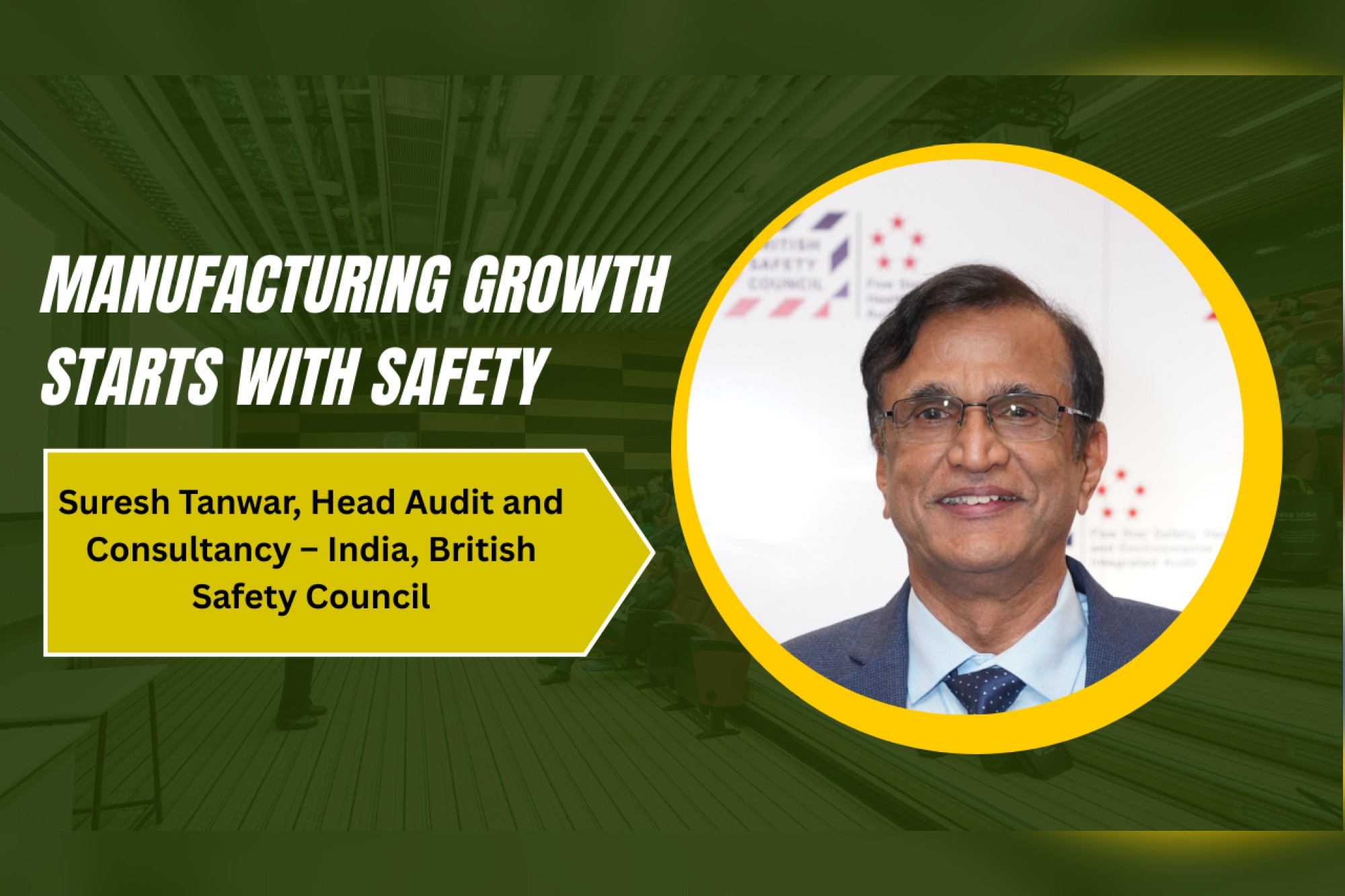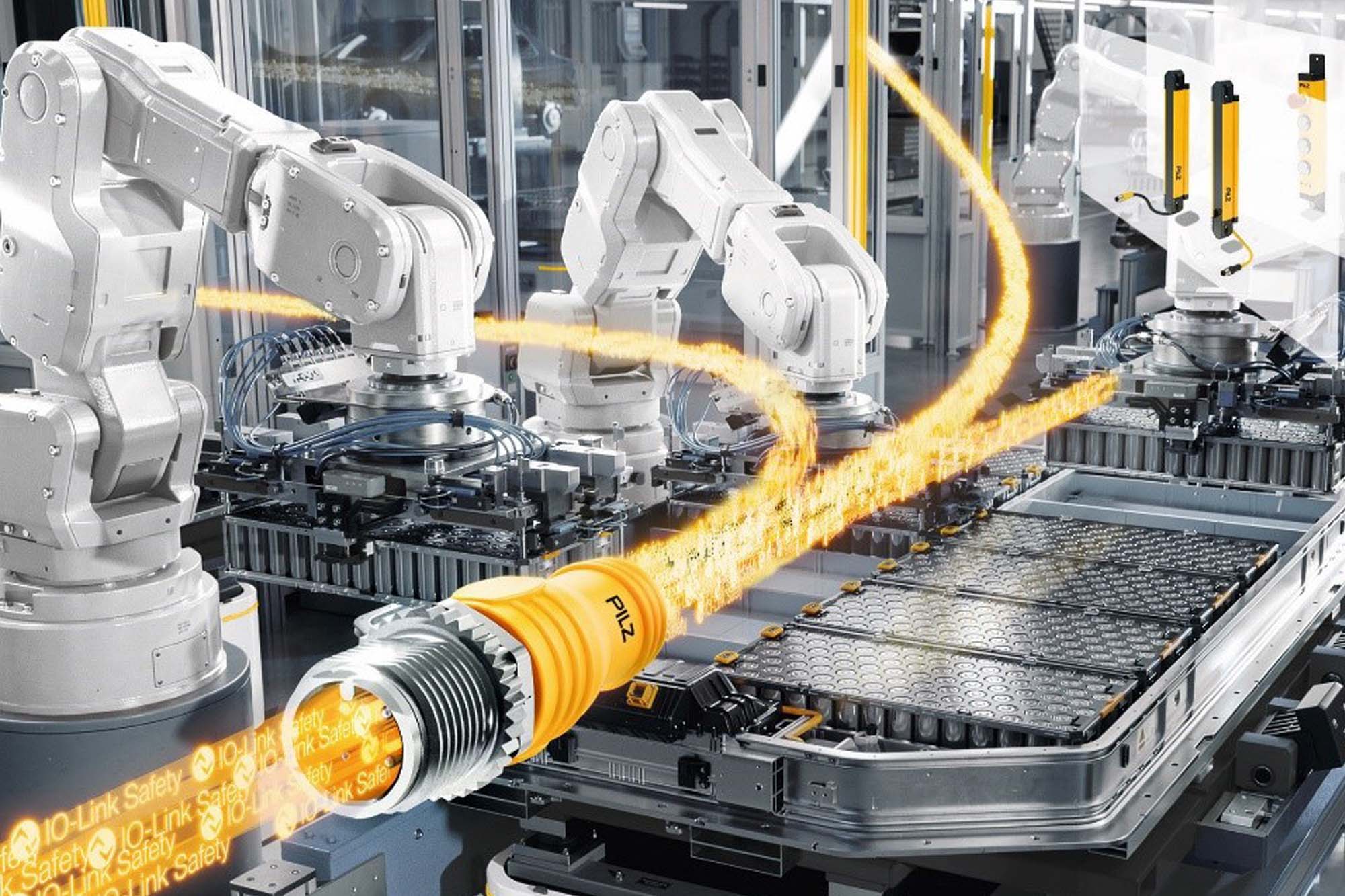Manufacturing growth starts with safety
By Staff Report May 2, 2025 2:43 pm IST
India faces a significant challenge in ensuring occupational health and safety for workers, with 80% of the estimated 465 million-strong workforce not protected by the existing health and safety legal framework. Suresh Tanwar, Head of Audit and Consultancy – India, has highlighted the alarming number of deaths and injuries in India’s manufacturing sector.
Manufacturing is central to the balanced, sustained growth of any economy. It creates jobs and has a multiplier effect on the economy. Considering the focus on the manufacturing sector, it is important to scrutinise the existing occupational health and safety practices. Deficiencies in workers’ health and safety could prove costly in the long run, and any growth in manufacturing must entail a clear practical system to ensure occupational health and safety for workers.
India is seeing on average three deaths and 11 injuries every day due to accidents in registered factories, as per a recent media report. As many as 3,331 deaths were recorded between 2018 and 2020 as per the Ministry of Labour & Employment Directorate General Factory Advice Service and Labour Institutes (DGFASLI) in November 2022, the report states. These figures don’t even account for the number of injuries and fatalities among people employed in the unorganised sectors. The alarming figures reiterate the need for inculcating safety as a core value in organisations.
India’s efforts to become a global manufacturing hub are aimed at promoting investments and innovation. However, fatalities and injuries are common, with 80% of the workforce not protected by the existing health and safety legal framework. Workplace deaths in India are 20 times higher than in the UK, with an estimated 48,000 work-related deaths each year. In contrast, in the UK, employers have a legal duty to assess risks to workers’ health and safety.
Workplace health and safety in India
In India, in contrast, many employers do not show enough care for the health and safety of their workers. Daily wage workers in India are poorly trained because their employers know that they are easily replaced. They are not given adequate training by the contractors who, recognising the temporary status of their workers, do not invest in their training or their health and safety.
An NGO released a report on worker accidents in the automobile sector. They found that most of the injured were untrained helpers. According to the NGO, press shop assistants and operators need a minimum qualification of up to Class VIII. They also need a licence or training in basic press shop housekeeping skills and safety. However, the report found that helpers with little or no training were appointed. They were also found to be overworked and denied overtime. About 51 per cent reported putting in 12-hour shifts. This also leads to accidents.
In addition to the high risk of being killed or seriously injured in site accidents, factory workers in India face the risk of developing serious and often fatal health conditions and diseases due to exposure to various health hazards. These include musculoskeletal disorders (such as serious back injuries), caused by unsafe manual handling of loads; injuries and fatalities due to falling from height and disabling electrical shocks, burns, and often fatal respiratory diseases, such as silicosis from exposure to dust.
Workplace accidents can have major consequences for a business in terms of the lost time and effort spent dealing with the aftermath of an accident, such as lost management time, reduced productivity, and a negative impact on organisational culture and morale. It also affects the family of the employee who has had an accident. The financial burden can often push the family into poverty.
Good health and safety management is also good business. If an organisation looks after the health, safety, and welfare of its workers, it will be more productive, and this will help the business to be more successful and sustainable.
There is a great need in India for a culture change with regard to workplace health, safety, and wellbeing. Legislation plays an important role in helping to bring about this change, but safety culture needs dedicated leaders who will champion it every day and at all levels. The leadership should regularly remind all workers, through forums such as team meetings, that the health, safety, and welfare of the company’s employees, contractors, suppliers, and customers are critically important to the business.
Frontline workers, supervisors, and managers are the people who understand whether the health and safety management procedures are working or not, so leaders need to create an open environment where workers feel they can voice their concerns, issues, challenges, and ideas around health and safety. Senior management should foster a culture of psychological safety where employees can express themselves freely. This is also an important factor. Employees will know their employers are open to suggestions for improving health and safety, and workers should be given access to senior people to make those suggestions.
There are Indian business leaders who are willing to stand out and show that safety and health are crucial parts of what they do. Industrial safety is an undying mission and top priority for India as a manufacturing powerhouse. Therefore, India needs more safety leaders to emerge and make a difference if it wants to be recognised as a truly global manufacturing hub.
Cookie Consent
We use cookies to personalize your experience. By continuing to visit this website you agree to our Terms & Conditions, Privacy Policy and Cookie Policy.














